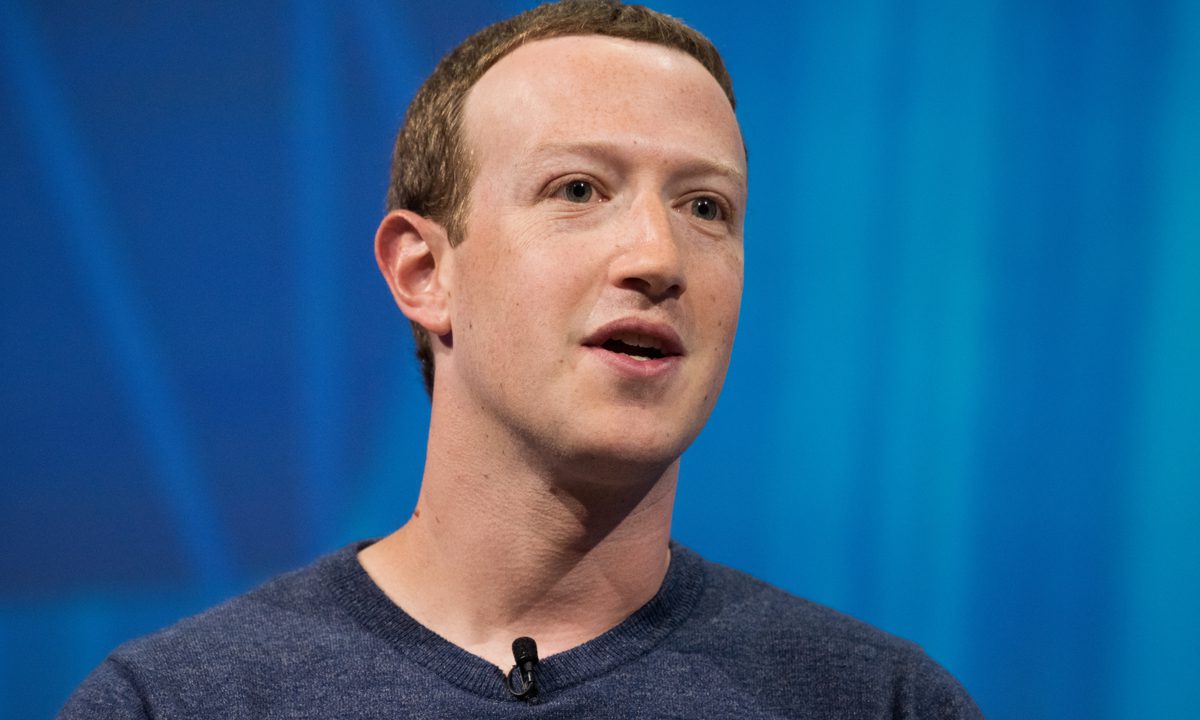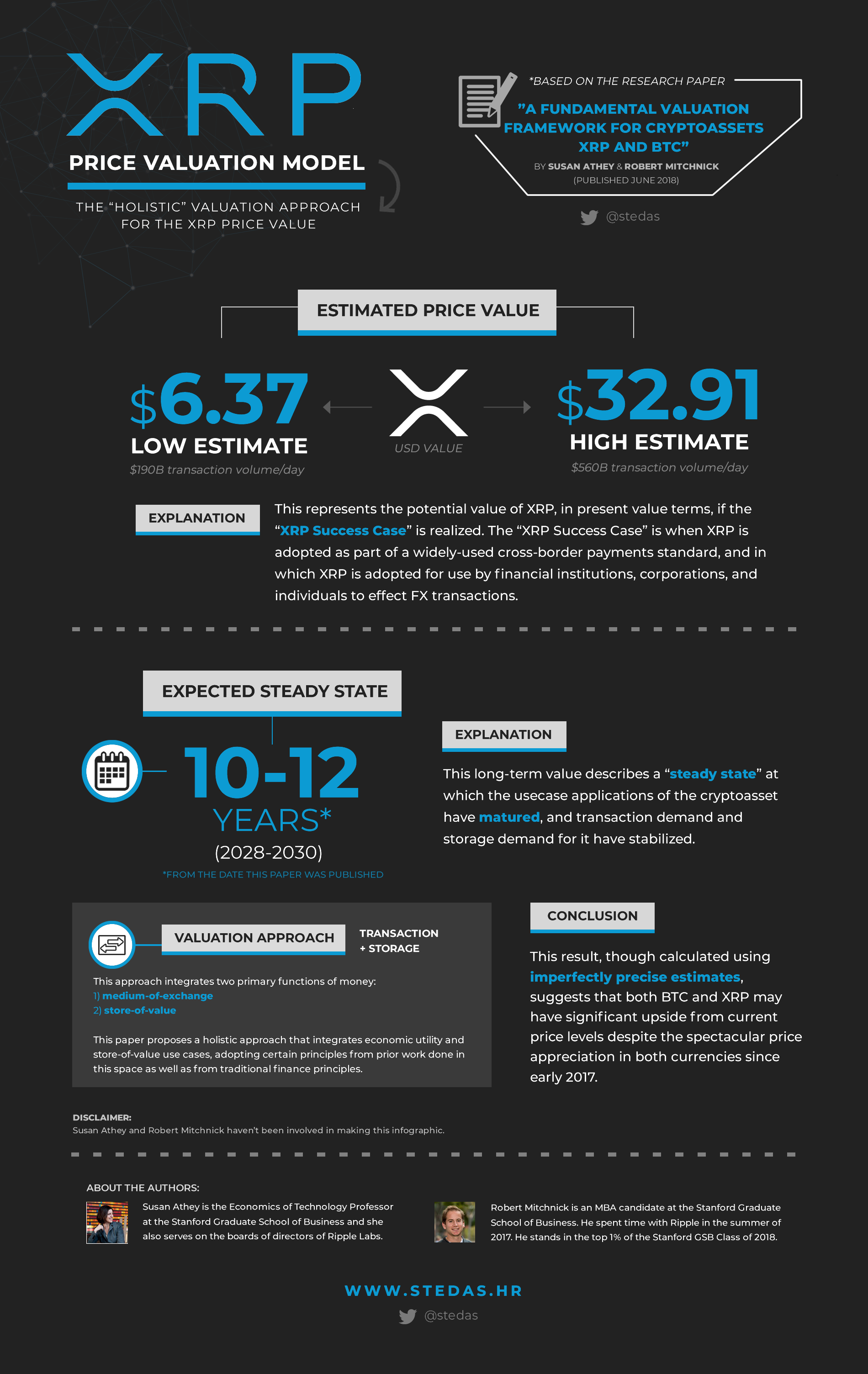Military Spending Soars: Europe's Strategic Response To The Russian Threat

Table of Contents
The Ukrainian Conflict as a Catalyst
The invasion of Ukraine served as a stark wake-up call, dramatically altering the perception of the Russian threat and exposing vulnerabilities within European defense systems.
Increased Perceived Threat
The invasion shattered previous assumptions about European security, highlighting Russia's willingness to employ military force to achieve its geopolitical goals. This has led to:
- Increased fear of further Russian aggression: The specter of further expansionist actions by Russia hangs heavy over many European nations, driving the need for enhanced security measures.
- Revitalized NATO expansion debate: The conflict has fueled discussions about expanding NATO membership to include countries previously hesitant to join, particularly in Eastern Europe.
- Growing awareness of hybrid warfare tactics: Russia's use of disinformation, cyberattacks, and other hybrid warfare tactics has highlighted the need for a more comprehensive approach to national security.
Shortfalls in Existing Capabilities
The initial stages of the war exposed critical shortcomings in the military preparedness of some European nations, emphasizing the urgent need for modernization and increased investment. These shortcomings included:
- Lack of sufficient ammunition stocks: Many countries found their ammunition reserves depleted much faster than anticipated, underscoring the need for significant replenishment.
- Reliance on outdated equipment: Several European militaries relied on aging weaponry and technology, highlighting the need for substantial upgrades and modernization programs.
- Gaps in cyber defense capabilities: Russia's sophisticated cyberattacks exposed vulnerabilities in European cyber defenses, demanding substantial investments in this critical area.
The Rise in Defense Budgets
In response to the perceived threat and exposed vulnerabilities, numerous European nations have announced substantial increases in their defense budgets.
Significant Budgetary Increases
Countries across Europe are committing to significant investments in military capabilities. For example:
- Poland: Has significantly increased its defense budget, focusing on strengthening its land forces and air defenses.
- Germany: Announced a special fund for military modernization, marking a historic shift in its defense policy.
- United Kingdom: Maintained a robust defense budget, prioritizing investment in advanced weaponry and naval capabilities.
These budgetary increases are not uniformly allocated. The distribution varies across nations, but generally includes investment in personnel, procurement of new equipment, and research and development (R&D) of cutting-edge military technology.
Impact on National Economies
The surge in military spending has substantial economic implications, forcing a delicate balancing act between defense needs and other national priorities.
- Increased national debt: The significant financial burden of increased military spending could lead to increased national debt in several European countries.
- Reduced spending in other sectors: Increased defense budgets may necessitate cuts in other vital sectors like healthcare, education, and infrastructure.
- Economic stimulus linked to defense spending: Conversely, some argue that defense spending can act as an economic stimulus, creating jobs and boosting technological innovation.
NATO's Enhanced Role
The war in Ukraine has significantly strengthened NATO's role in European security.
Strengthened Deterrence
NATO has demonstrated a stronger commitment to collective defense and increased its military presence in Eastern Europe, acting as a significant deterrent to further Russian aggression.
- NATO deployments: Reinforced troops and military equipment deployments to Eastern European countries bordering Russia.
- Enhanced military exercises: More frequent and larger-scale military exercises to showcase NATO's collective strength and readiness.
- Focus on strengthening eastern flank security: Prioritizing the defense of NATO's eastern members against potential Russian aggression.
Increased Cooperation and Interoperability
The crisis has spurred greater cooperation among NATO allies to improve interoperability and enhance joint military operations.
- Increased military cooperation and information sharing: Improved intelligence sharing and coordinated military planning among NATO member states.
- Focus on standardization of military equipment: Efforts to standardize equipment and weaponry to improve interoperability amongst NATO forces.
Long-Term Implications and Challenges
The rapid escalation of military spending raises significant long-term implications and challenges.
Arms Race Concerns
The substantial increase in military spending raises concerns about a potential arms race with Russia, potentially leading to further instability in the region.
- Potential for escalation: An unchecked arms race could lead to a dangerous escalation of tensions and increase the risk of conflict.
- Risk of miscalculation: Increased military deployments and activities raise the risk of accidental escalation or miscalculation.
- Need for diplomatic solutions: Parallel to military reinforcement, diplomatic efforts are crucial to de-escalate tensions and find peaceful solutions.
Balancing Security and Economic Stability
Europe faces the difficult task of balancing its increased military spending with the need to maintain economic stability and address other social and environmental priorities.
- Trade-offs and policy choices: Governments face challenging trade-offs between allocating resources to defense and other essential sectors.
- Long-term sustainability of defense spending: Maintaining high levels of defense spending in the long term requires careful planning and efficient resource allocation.
Conclusion
The dramatic surge in European military spending is a direct response to Russia's aggression in Ukraine. This increase reflects a critical reassessment of the security environment and a commitment to strengthening collective defense capabilities. While necessary to deter further aggression and ensure regional stability, this increased spending also presents significant economic and geopolitical challenges. Understanding the drivers and implications of this shift in European security policy is crucial for navigating the complexities of the evolving geopolitical landscape. To stay informed about the ongoing impact of this increase in military spending and its effect on European security, continue to follow news and analysis on the ever-changing situation surrounding European military spending and the Russian threat.

Featured Posts
-
 The Ftc And Meta Current Status Of The Instagram And Whats App Antitrust Case
May 01, 2025
The Ftc And Meta Current Status Of The Instagram And Whats App Antitrust Case
May 01, 2025 -
 Priscilla Pointer Acclaimed Actress Dies At 100
May 01, 2025
Priscilla Pointer Acclaimed Actress Dies At 100
May 01, 2025 -
 Did Targets Reduced Dei Efforts Backfire A Look At Sales And Public Opinion
May 01, 2025
Did Targets Reduced Dei Efforts Backfire A Look At Sales And Public Opinion
May 01, 2025 -
 Minnesota Triumphs Edwards Leading Role In Victory Against Brooklyn
May 01, 2025
Minnesota Triumphs Edwards Leading Role In Victory Against Brooklyn
May 01, 2025 -
 Xrp Cryptocurrency Functionality Value And Potential
May 01, 2025
Xrp Cryptocurrency Functionality Value And Potential
May 01, 2025
